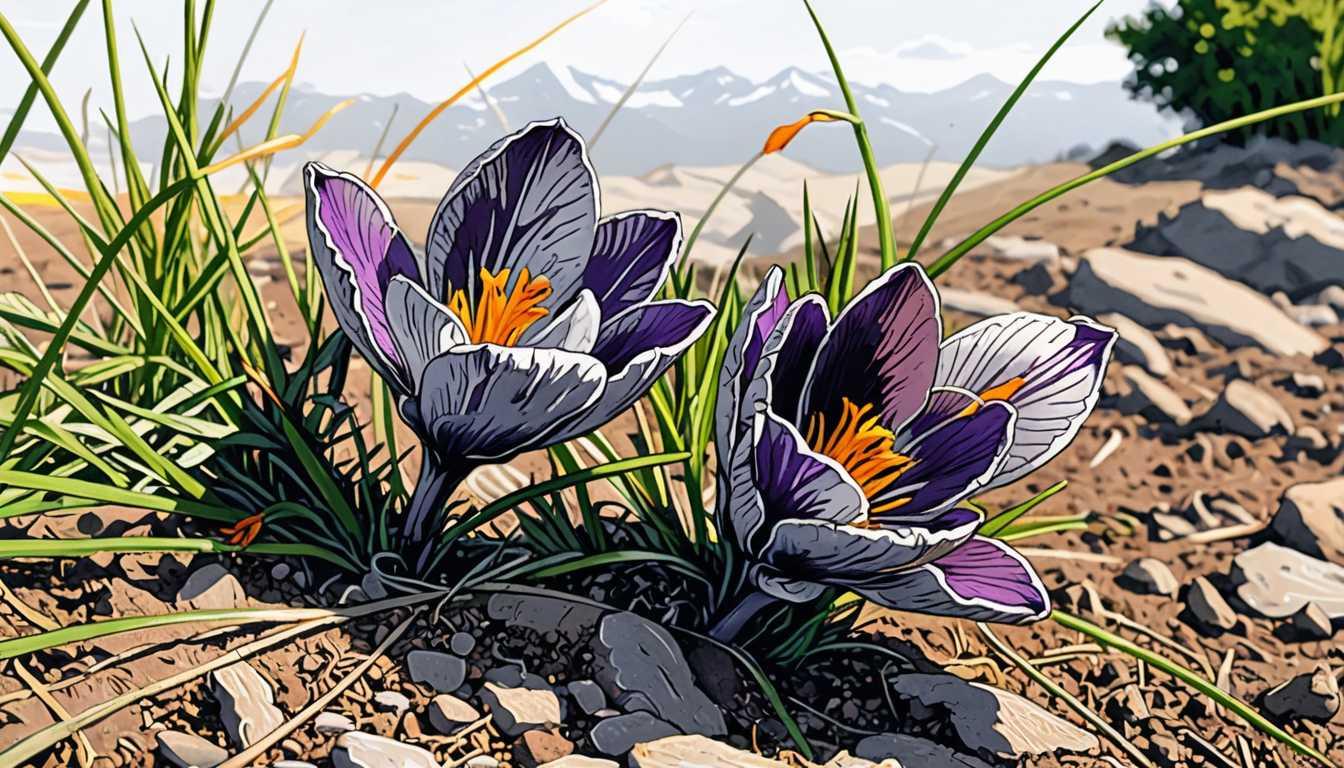Sipping Through Ancient Roman History
March 2024
Smithsonian Magazine
Introduction
Ever wondered what ancient Roman wine tasted like? Dive into this Smithsonian Magazine article and discover the spicy, nutty flavors of wine that fueled an empire! Researchers have unearthed secrets from clay pots, revealing a wine-making process that rivals modern techniques. Get ready to sip on history!
READ FULL ARTICLEWhy It Matters
Discover how this topic shapes your world and future
Unraveling the Aromas of Antiquity
Imagine sipping a drink that transports you thousands of years back in time, to the bustling streets of ancient Rome. This isn't just about tasting wine; it's about connecting with a civilization that shaped much of our modern world. The recent study on Roman wine isn't solely a quest for flavor but a deeper dive into historical lifestyles, economics, and technologies. Understanding what Romans drank and how they made their wine offers insights into their daily lives, trade, agricultural practices, and even their social and religious ceremonies. For you, this journey into the past can spark curiosity about how ancient innovations continue to influence our lives today. Plus, it's fascinating to think about how a single sip can provide a direct link to the tastes and preferences of people who lived millennia ago!
Speak like a Scholar
Archaeology
The study of human history through the excavation of sites and the analysis of artifacts and other physical remains.
Fermentation
A chemical process by which molecules such as glucose are broken down anaerobically. In winemaking, it's the process that turns grape juice into alcohol.
Oxidation
A reaction where a chemical substance changes because of the addition of oxygen. In winemaking, controlled oxidation can affect the flavor and color of the wine.
Porous
Having tiny holes through which air or liquid can pass. In the context of ancient winemaking, porous clay pots allowed for certain chemical processes to occur in the wine.
Sensory profile
The characteristics of a food or drink as determined by the senses, including taste, smell, and mouthfeel.
Macération
In winemaking, this is the process during which the grape skins are left in contact with the juice, extracting colors, flavors, and tannins.
Independent Research Ideas
Explore the impact of different clay compositions on wine flavor
Investigating how the mineral content of clay used in dolia and qvevri affects the chemical reactions during fermentation could reveal more about regional differences in ancient winemaking.
Analyze the role of ancient trade routes on wine distribution and diversity
This could involve mapping out how Roman wines might have varied from region to region, influenced by local grape varieties and winemaking techniques.
Study modern winemaking techniques inspired by ancient practices
How are today's winemakers incorporating old methods like those used by the Romans and Georgians? What benefits do these techniques offer?
Investigate the environmental impacts of ancient vs. modern winemaking
Consider how sustainable ancient methods were compared to today's industrial approaches, including the use of natural resources and overall carbon footprint.
Examine the cultural significance of wine in ancient Roman society
How did wine influence social behaviors, religious practices, and even politics? This could include looking at literary and archaeological evidence to paint a broader picture of its role.




